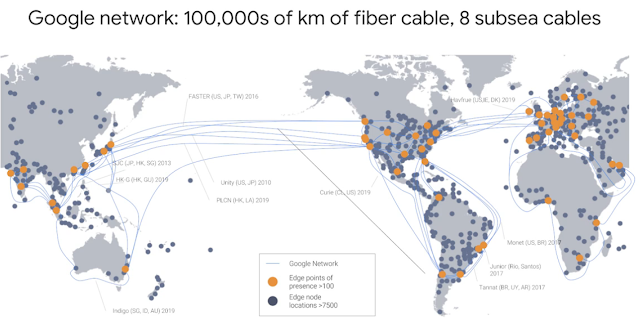ASP.NET WebAPI2第002天_創建第一個Model和Controller_jQuery實踐HTTP Get資料查詢顯示

對Model Folder右鍵新增一個Context 的 Class 在此我們用一個用戶的資料實體來練習 1 2 3 4 5 6 7 8 9 10 11 12 13 14 15 16 17 18 19 20 21 22 using System ; using System.Collections.Generic ; using System.Linq ; using System.Web ; namespace WebApp.Models { public class Context { public int Id { get ; set ; } public string FirstName { get ; set ; } public string LastName { get ; set ; } public Context () { Id = - 1 ; FirstName = string .Empty; LastName = string .Empty; } } } 對Controller目錄 新增一個Controller (注意!! 不是Class喔) 這裡我們已經知道Rest的知識因此就直接選擇具備讀取寫入的控制器項目 這裡習慣命名方式 你有哪個Model Context 就依照該Model的名稱後面加Controller 這樣就建好了 預設生成的程式碼 1 2 3 4 5 6 7 8 9 10 11 12 13 14 15 16 17 18 19 20 21 22 23 24 25 26 27 28 29 30 31 32 33 34 35 36 37 38 39 using System ; using System.Collections.Generic ; using System.Linq ; using Syste...

